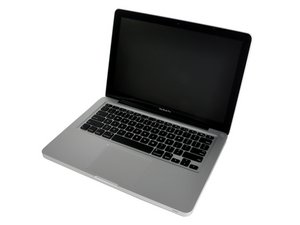Water damage, boots, runs, battery won't charge
The backstory: My machine had missing foot pads. Some water spilled on the table, and the water wicked up through the open footpad holes, carrying some food with it. (Please con't judge my housekeeping...)
Once I discovered the problem I quickly took action to dry the machine out. I also opened the case and cleaned some gunk off the motherboard with electronic circuit cleaner.
After a day to fully dry out, the machine booted and ran just fine ... but now it won't charge. The green light on the power cable doesn't come on, and the battery doesn't gain any charge. The power cord was connected and the battery was draining while it ran, so I'm pretty sure the logic board wasn't getting external power either. I have tried my power cable on a friend's macbook pro, and tried their cable on mine, and the problem is definitely inside my case.
The water was in the end where all the external connectors were, including the dc-in port. Is it reasonable to guess the DC-in board was damaged? Is there a way to test this idea without just getting a new DC-in board and trying it?
So, what should I do next?

 2
2  4
4
1件のコメント
What was the root of your problem? I just had this happen to me.
megan さんによる